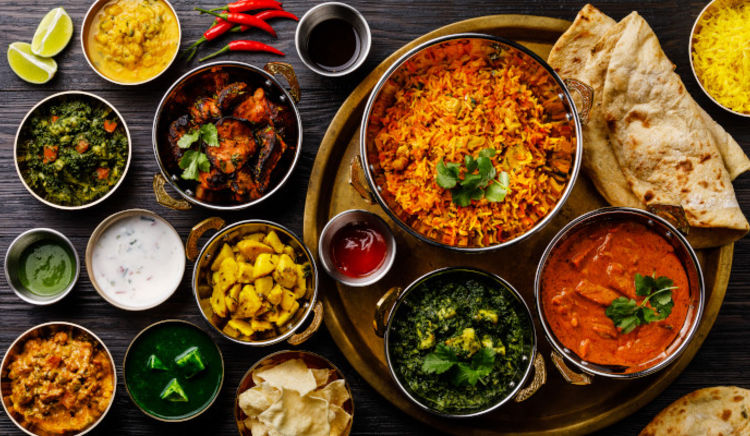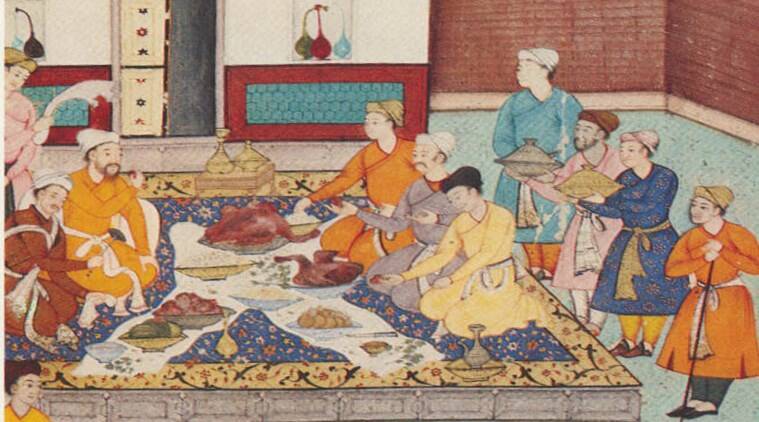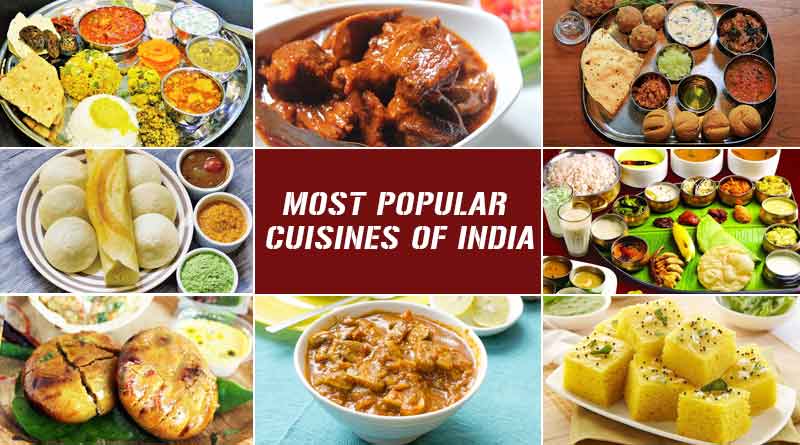Introduction :
Food in India is as diverse as the country itself. With so many different regions and cultures, there is no one single type of food that can be called Indian. Instead, there is a wide variety of dishes and flavors. If you are looking for a new cuisine to try, then don’t ever try Indian food; it would make you fall in love with the cuisine. Never ever taste Indian food because you will undoubtedly end yourself falling in love with it. One of the best things about Indian food is the use of spices.
These spices also have many health benefits. For instance, turmeric is a spice that has been shown to have anti-inflammatory properties. If you are someone who believes that spices can be detrimental, then never eat in India, Indian foods are full of spices.
History of the Indian Food :
Talking in terms for the history, the cuisine has been influenced by various factors, including India’s climate, geography, history, and culture. One of the most critical influences on Indian cuisine is religion. Hinduism, Buddhism, Jainism, and Sikhism have dietary restrictions and traditions. For example, Hindus do not eat beef because they consider cows sacred animals.
Muslims do not eat pork because it is considered unclean. Another significant influence on Indian cuisine is the British Raj. During this time, Britain ruled India and introduced many new foods and ingredients to the country. Curry was one of the most popular dishes during this period. It was initially made with meat or fish, but now there are vegetarian versions as well.
Famous Cuisines in India:
Furthermore, there is a rich and diverse tapestry of regional cuisines here in India, each with unique flavours and ingredients. The greatness of the country in terms of its culture means that there is something for everyone when it comes to food in India. One of the most popular cuisines here is Punjabi food, which is known for its hearty and flavorful dishes. Common ingredients in Punjabi cuisine include wheat, rice, various lentils, and spices like cumin, coriander, and turmeric.
Popular dishes from this region include chicken tikka masala, butter chicken, and naan bread. Another famous regional cuisine is South Indian food, which is typically lighter and more vegan-friendly than other Indian cuisines. Common ingredients in South Indian cuisine include rice, coconut, tamarind, and spices like chilli peppers, mustard seeds, and asafoetida. Popular dishes from this region include idli (a savoury rice cake), dosa (a fermented crepe made from rice batter), and sambar (a vegetable stew).
Whatever your palate is craving for, you will truly discover something you adore here. The benefits of eating Indian food are many and varied. For one, it is a very healthy cuisine. There are a lot of vegetables and spices used in Indian cooking. Indian food is also relatively low in fat and calories, making it a great option trying to gain a healthy weight. Another benefit of eating Indian is that it is very inexpensive.
Three things you should never eat in India:
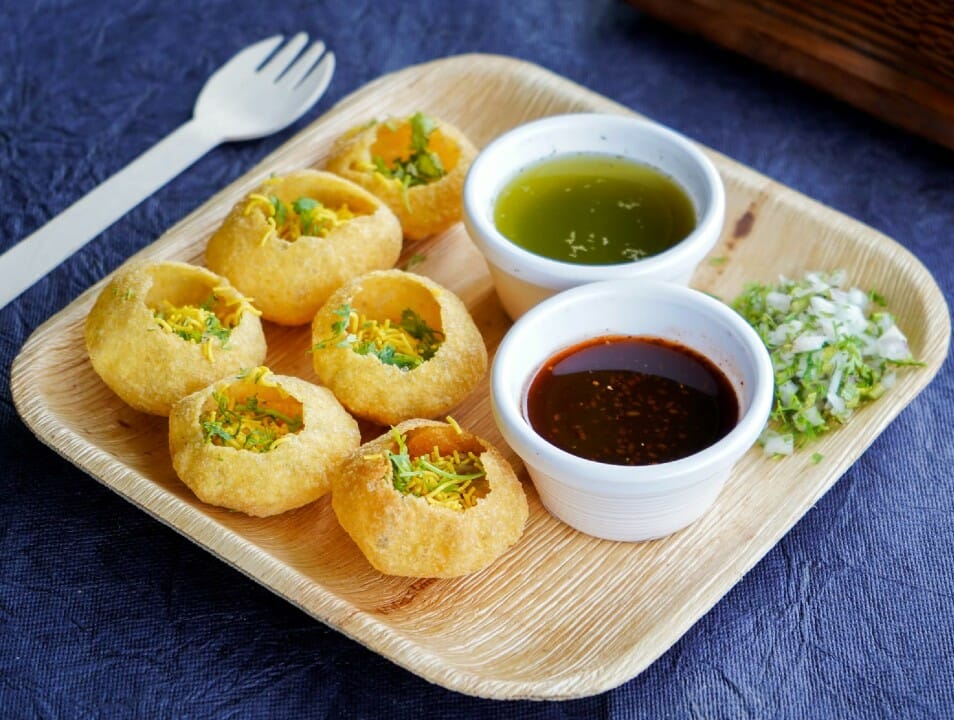
Pani Puri: It is a container made from Semolina filled with chickpeas, mashed potatoes, and Indian spices and then filled with spicy, tangy water made with herbs. Nothing could beat the popularity of the humble pani puri. They are a snack and also an indulgence. They are a perfect bite of heaven that you get to experience daily. You would want to eat and eat; if you are someone who does not have the ability of self-control, then do not eat in India; Pani puri would make you want to eat more and more, it would make you fall in love with it.

Masala Dosa: It is created by blending rice, dhal, and methi with water to create a batter, which is then allowed to ferment. It is created utilizing a unique method. Even though it is not entirely fried, the thin layer that’s been grilled with a bit of oil makes it crunchy and gives it a faux-fried feel. It is typically served with sambhar, chutneys, and potatoes. It is affordable. Do not travel to India to dine if you only enjoy fast, unhealthy dishes.
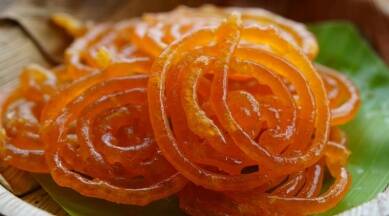
Jalebi: It is commonly referred to as “Zulbia,” a dessert popular throughout South and West Asia. It is made with all-purpose flour, and the batter is typically fermented overnight to improve the flavour. By shaping the batter into specific forms, it is deep-fried. After that, it is soaked in a sugar syrup with cardamom and saffron flavors. It is the ideal winter dessert and can be served warm or cold, often with equally great sides. Jalebi is more than just food; it’s an association, an emotion. In India, avoid eating Jalebi if you already have a sweet appetite.
Conclusion :
Overall, eating in India is more than a necessity—it is a way of life. Food is a source of joy, where families gather to talk over lavish meals and form bonds. Food is prepared using different spices in different regions of the nation, and its preparation techniques also vary. To say that a month-long vacation would not do justice to all the food here in India would not be an exaggeration.
A year will be better if you want to taste everything from India. India is a land of many cultures and cuisines, each with its unique flavours and history. From the spicy curries of the north to the coastal seafood of the south, Indian food is as diverse as its people. Whether you are looking for a quick snack or a multi-course feast, India has something to offer everyone. So next time you feel hungry, why not give Indian food a try?

